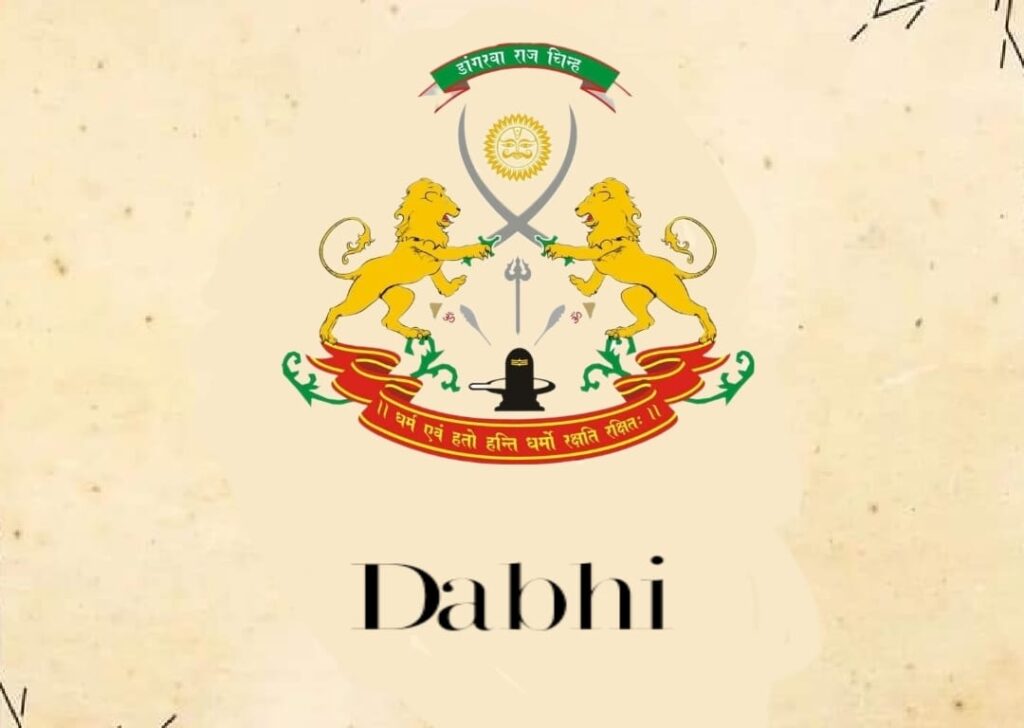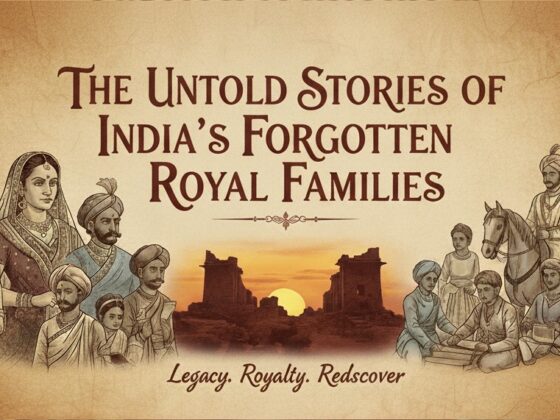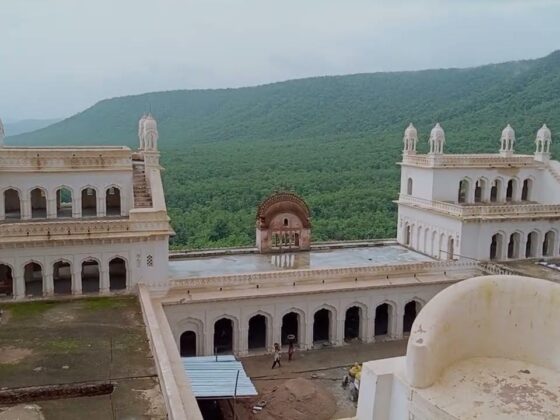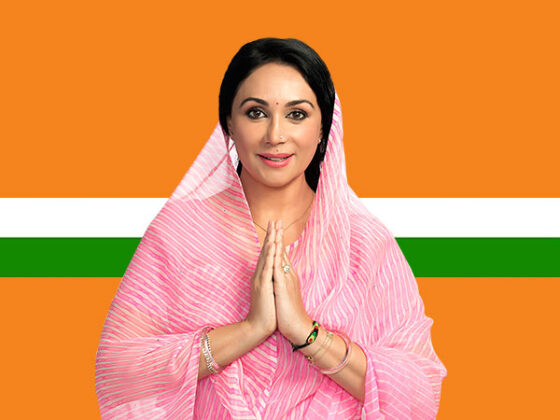Dabhi Dynasty: A Legacy of Valor and Cultural Patronage

Introduction
The Dabhi Dynasty is an esteemed Rajput lineage that played a crucial role in the political and cultural history of India. Known for their bravery, administrative skills, and patronage of art and architecture, the Dabhi rulers were instrumental in shaping the regions they governed. Despite being relatively lesser-known compared to other Rajput clans, their contributions to regional governance, military defense, and cultural enrichment remain significant. Therefore, this article explores the origins, rulers, military achievements, and cultural impact of the Dabhi Dynasty, highlighting their historical significance.
Origins and Ancestry
The Dabhi Rajputs trace their lineage to the Chandravanshi (Lunar) dynasty, which is believed to have descended from Lord Krishna. Historically, the Dabhi clan established its rule in Gujarat, Rajasthan, and parts of Madhya Pradesh, playing a significant role in the region’s history.
Over time, the Dabhi rulers expanded their influence by forming alliances with other Rajput clans and defending their territories against external invasions. Consequently, their rule was marked by a commitment to justice, military prowess, and administrative excellence, making them a respected dynasty in Indian history.
Notable Rulers and Their Contributions
Several Dabhi rulers made significant contributions to their kingdom, strengthening governance and military strategy. Some of the most prominent figures include:
1. Raja Dabhi Singh
One of the most influential rulers of the Dabhi Dynasty, Raja Dabhi Singh, is known for his strong leadership and military acumen. He successfully defended his territories from external threats while ensuring prosperity for his people. As a result, his reign laid the foundation for a well-organized administration that supported economic growth and social stability.
2. The Dabhi Rajputs in the Medieval Era
During the medieval period, the Dabhi rulers frequently engaged in battles to protect their territories. They often fought against the Delhi Sultanate and Mughal forces, resisting invasions and maintaining their sovereignty. Furthermore, their strategic alliances with other Rajput clans helped them sustain their rule even in turbulent times.
3. Role in the British Era
With the arrival of the British in India, the Dabhi Rajputs, like many other princely families, faced new challenges. While some aligned with the British for political stability, others actively participated in resistance movements against colonial rule. Consequently, their contribution to India’s struggle for independence remains an integral part of their legacy.
Military Strength and Warfare Strategies
The Dabhi Rajputs were renowned warriors, recognized for their combat skills, strategic warfare techniques, and defense planning. Their military strengths included:
- Strong Fortifications: They built forts and military outposts to safeguard their territories.
- Cavalry Excellence: The Dabhi rulers maintained powerful cavalry units, allowing them to launch swift and effective attacks.
- Alliances with Other Rajput Clans: To counter powerful adversaries, the Dabhi Rajputs often formed alliances with the Rathore, Sisodia, and Solanki clans.
- Resistance Against External Invasions: They successfully defended their regions against invasions from the Delhi Sultanate, Mughals, and Marathas, ensuring the protection of their people and culture.
Cultural Contributions and Architectural Marvels
Apart from their military and administrative achievements, the Dabhi rulers significantly contributed to architecture, art, and literature. Consequently, their influence can still be seen in historical sites and cultural traditions.
1. Forts and Temples
The Dabhi rulers constructed several forts and temples that reflected the grandeur of Rajput architecture. These structures, adorned with intricate carvings and inscriptions, continue to attract historians and tourists.
2. Patronage of Art and Literature
The Dabhi Dynasty actively supported poets, scholars, and artists, leading to the flourishing of Rajput literature and folk traditions. Additionally, their courts became centers of intellectual discourse and artistic expression.
3. Festivals and Traditions
The Dabhi Rajputs played a key role in preserving Rajput traditions and festivals, ensuring their continuity through generations. As a result, many cultural practices introduced during their reign are still celebrated in parts of Gujarat and Rajasthan.
The Dabhi Dynasty in the Modern Era
After India’s independence in 1947, the Dabhi rulers, like other princely states, saw a decline in their political power. However, their descendants continue to be influential in politics, social reform, and business. Many members of the Dabhi Rajput clan have excelled in government administration, defense services, and entrepreneurship, keeping their legacy alive.
Today, the historical contributions of the Dabhi Dynasty are being rediscovered, with efforts to preserve their forts, manuscripts, and cultural heritage. Moreover, their role in shaping regional history and governance continues to inspire scholars and history enthusiasts.
Conclusion
The Dabhi Dynasty remains a vital part of Indian history, known for its military valor, governance, and cultural patronage. From fierce battles against invaders to patronizing art and literature, their legacy endures through historical monuments and traditions.
Even today, the Dabhi Rajputs hold a special place in history, symbolizing the resilience, honor, and pride of Rajput heritage. Therefore, their story serves as a reminder of India’s rich past, encouraging future generations to cherish and preserve their remarkable contributions.









